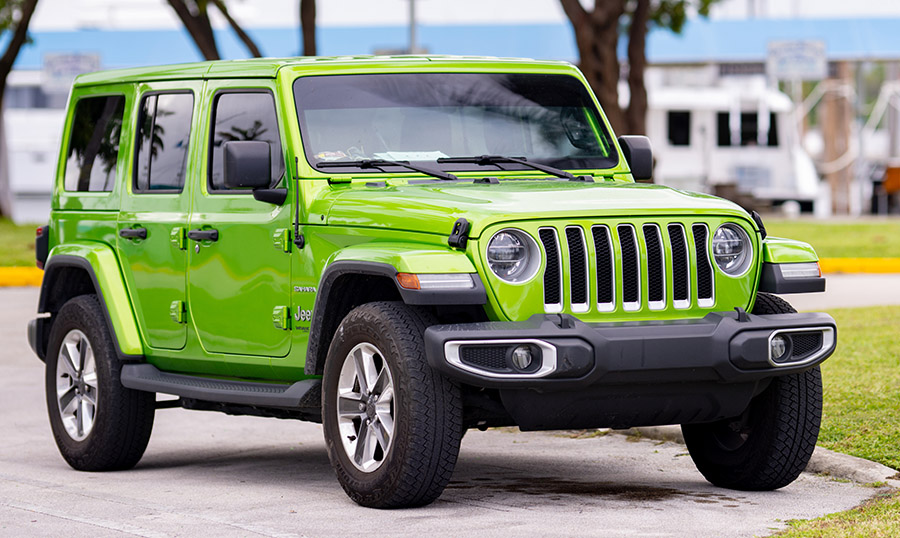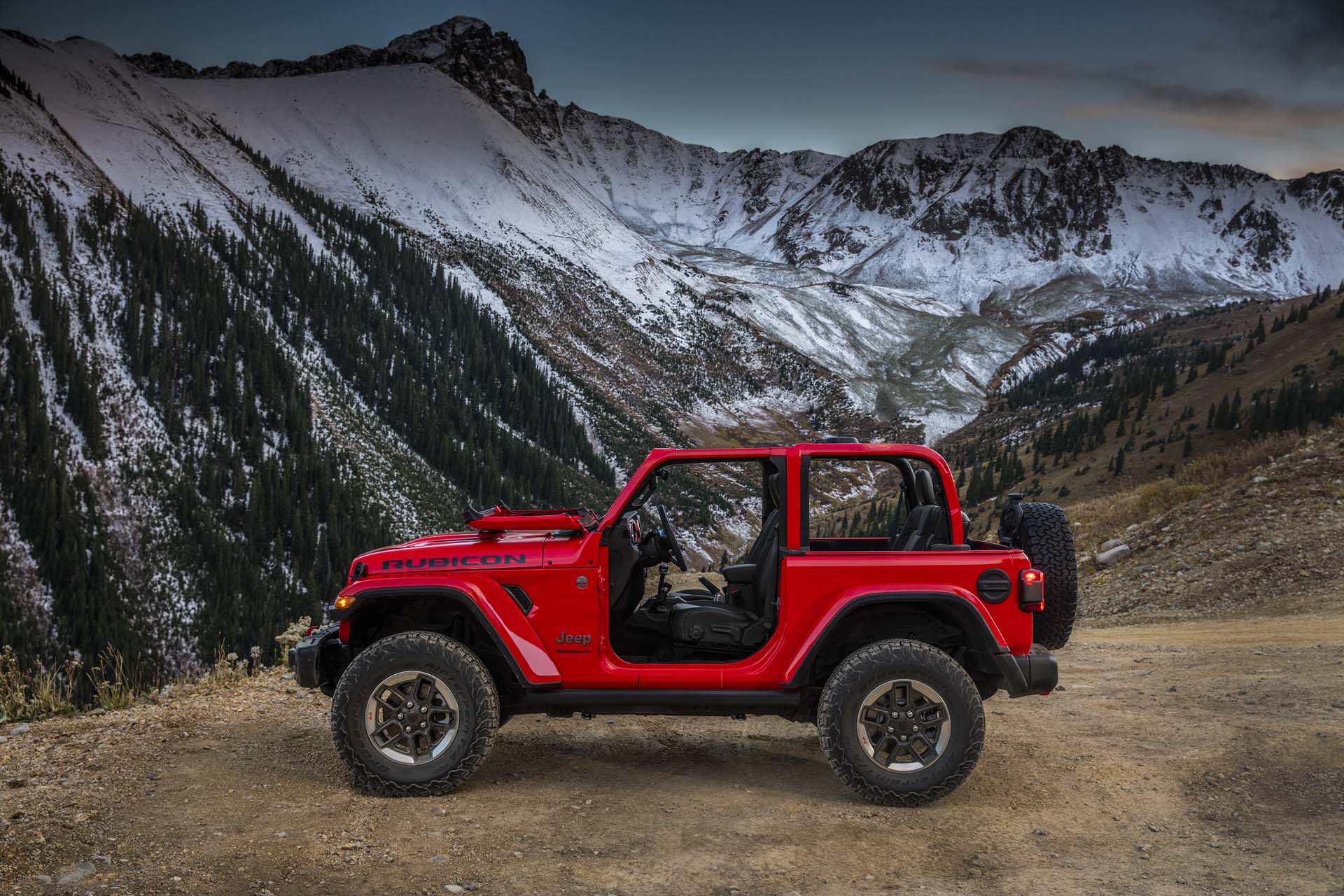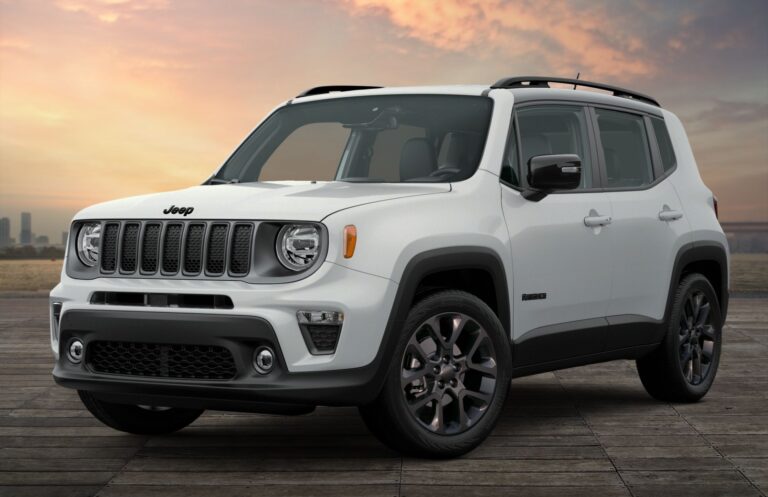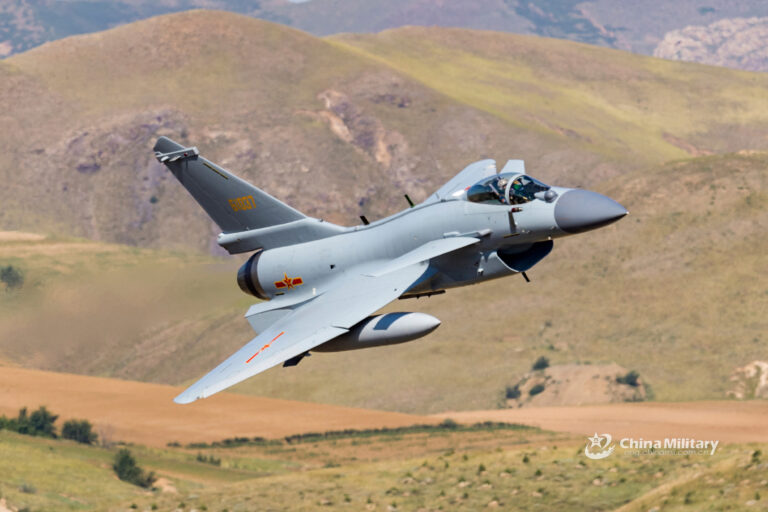Who Makes Wrangler Jeep: A Deep Dive into Its Legendary Lineage
Who Makes Wrangler Jeep: A Deep Dive into Its Legendary Lineage jeeps.truckstrend.com
The Jeep Wrangler stands as an undisputed icon in the automotive world, synonymous with rugged adventure, unparalleled off-road capability, and a spirit of freedom. Its distinctive silhouette, removable doors, and open-air experience have captivated generations of enthusiasts. Yet, beneath its instantly recognizable exterior lies a complex and fascinating corporate history, leading many to ponder: Who truly makes the Wrangler Jeep today?
The answer, while seemingly straightforward, is a tapestry woven through decades of mergers, acquisitions, and strategic partnerships. Understanding the lineage of the Wrangler’s creators is not just a matter of trivia; it offers insight into the vehicle’s enduring design philosophy, its evolution, and its future direction. From its wartime origins to its current global powerhouse manufacturer, the journey of the Wrangler’s parent company is as adventurous as the vehicle itself.
Who Makes Wrangler Jeep: A Deep Dive into Its Legendary Lineage
The Current Custodian: Stellantis N.V.
Today, the Jeep Wrangler is manufactured by Stellantis N.V., one of the world’s leading automakers. Stellantis was formed in January 2021 through the 50/50 merger of the Italian-American conglomerate Fiat Chrysler Automobiles (FCA) and the French PSA Group. This monumental merger brought together an impressive portfolio of brands, including Jeep, Chrysler, Dodge, Ram, Fiat, Alfa Romeo, Maserati, Peugeot, Citroën, DS Automobiles, Opel, and Vauxhall.
Headquartered in Amsterdam, Netherlands, Stellantis operates globally, leveraging its diverse brands and vast resources to navigate the rapidly evolving automotive landscape. For the Jeep brand, and specifically the Wrangler, this merger signifies continued investment in electrification (as seen with the popular Wrangler 4xe plug-in hybrid), autonomous technologies, and global market expansion. Stellantis’s commitment ensures the Wrangler remains at the forefront of off-road innovation while adapting to modern demands for sustainability and connectivity.
A Rich and Complex Pedigree: The Evolution of Jeep Ownership
To truly understand "Who Makes Wrangler Jeep," one must journey back through its storied past. The current ownership is merely the latest chapter in a long and winding road of corporate stewardship.
1. Willys-Overland (1941-1953): The Birth of an Icon
The original "Jeep" was born out of necessity during World War II. The U.S. Army sought a lightweight, rugged, four-wheel-drive reconnaissance vehicle. While Bantam Car Company produced the initial prototype, Willys-Overland won the bulk of the production contract dueishing its "MB" model. After the war, Willys-Overland shrewdly trademarked the "Jeep" name and began producing civilian versions, starting with the CJ (Civilian Jeep) series. This laid the groundwork for the modern Wrangler.
2. Kaiser-Jeep (1953-1970): Expansion and Diversification

In 1953, Willys-Overland was sold to Kaiser Motors, becoming Kaiser-Jeep. Under Kaiser’s ownership, the Jeep brand expanded its utility vehicle lineup, including Wagoneer and Gladiator models, further cementing its reputation for durability and versatility. However, the core CJ line continued to evolve, maintaining its fundamental open-air, off-road appeal.
3. American Motors Corporation (AMC) (1970-1987): The Dawn of the Wrangler
Facing financial difficulties, Kaiser sold Jeep to American Motors Corporation (AMC) in 1970. This period was pivotal for the Wrangler. AMC invested significantly in the Jeep brand, modernizing production and broadening its appeal. Critically, in 1986, AMC introduced the Jeep Wrangler (YJ), replacing the long-running CJ series. The YJ was designed to be more comfortable and "road-friendly" while retaining its legendary off-road prowess, signaling the official birth of the Wrangler nameplate.
4. Chrysler Corporation (1987-1998): A New Era of Growth
In 1987, the Chrysler Corporation acquired AMC, primarily to gain control of the highly successful Jeep brand. This acquisition brought the Wrangler into the fold of one of Detroit’s "Big Three" automakers. Under Chrysler, the Wrangler saw significant development, including the introduction of the coil-sprung TJ generation in 1996 (as a 1997 model), which vastly improved on-road ride comfort without compromising off-road capability. This era marked a period of increased production and global reach for the Wrangler.

5. DaimlerChrysler (1998-2007): Global Ambitions and Challenges
A "merger of equals" between Chrysler and German automotive giant Daimler-Benz created DaimlerChrysler in 1998. While intended to create a global automotive powerhouse, cultural clashes and strategic disagreements eventually led to its dissolution. During this period, the JK generation of the Wrangler was introduced (2006 for the 2007 model year), famously offering a four-door Unlimited version for the first time, dramatically expanding its market appeal.
6. Chrysler LLC & Fiat Chrysler Automobiles (FCA) (2007-2021): Revitalization and Electrification
After the split from Daimler, Chrysler briefly operated under private equity ownership as Chrysler LLC. However, the 2008 financial crisis pushed it into bankruptcy. In a landmark deal, Italian automaker Fiat S.p.A. acquired a controlling interest in Chrysler in 2009, forming Fiat Chrysler Automobiles (FCA) in 2014. Under Fiat’s guidance, Jeep underwent a remarkable revitalization, with significant investment in product development, global expansion, and modernization. This era saw the introduction of the current JL generation Wrangler (2018 model year) and, notably, the groundbreaking Wrangler 4xe plug-in hybrid in 2020, signaling a clear path towards electrification. This journey directly led to the merger with PSA and the formation of Stellantis.
Beyond the Badge: What "Making" a Wrangler Entails

"Who Makes Wrangler Jeep" isn’t just about corporate ownership; it’s about the entire ecosystem of design, engineering, and manufacturing.
- Design and Engineering: Teams of designers and engineers, now under Stellantis, continually refine the Wrangler’s iconic look while integrating advanced technologies. The emphasis remains on maintaining its legendary off-road prowess, even as comfort, safety, and connectivity features are enhanced.
- Manufacturing Hub: The heart of Wrangler production beats in Toledo, Ohio, USA. The Toledo Assembly Complex consists of two primary plants: the Toledo Supplier Park (where the body and chassis are assembled by suppliers) and the Toledo North Assembly Plant (where final assembly takes place). This concentration of manufacturing ensures a dedicated workforce with deep expertise in building these specialized vehicles.
- Global Supply Chain: While assembled in Ohio, components for the Wrangler are sourced from a vast global network of suppliers, ensuring quality and cost efficiency.
- Quality Control and Testing: Each Wrangler undergoes rigorous quality checks and testing, both on and off the pavement, to ensure it meets the demanding standards expected of a vehicle designed for extreme conditions.
- Research & Development: Stellantis continues to invest heavily in R&D for the Wrangler, focusing on future powertrains (including more electric options), lightweight materials, advanced driver-assistance systems, and even greater customization possibilities.
The Impact of Ownership on the Wrangler Brand
Each change in ownership has left an indelible mark on the Wrangler:
- AMC’s Legacy: The decision to evolve the CJ into the YJ Wrangler was crucial. It aimed to broaden appeal while retaining the core essence, setting the stage for the modern era.
- Chrysler/FCA’s Global Vision: These owners transformed Jeep from a niche off-road brand into a global powerhouse. Investment under FCA led to the four-door JK, the refined JL, and the bold step into electrification with the 4xe, vastly expanding its market reach and appealing to a wider demographic.
- Stellantis’s Future: The current ownership promises a future where the Wrangler continues to push boundaries in sustainability and technology, while carefully preserving its adventurous spirit and unique heritage. The challenge for Stellantis is balancing tradition with innovation, ensuring the Wrangler remains true to its roots while embracing the future of mobility.
Practical Advice for Jeep Enthusiasts and Buyers
Understanding the lineage of the Wrangler’s maker provides valuable context:
- Appreciate the Evolution: Knowing the history helps you appreciate the design decisions and technological advancements in each generation (YJ, TJ, JK, JL).
- Future-Proofing: Stellantis’s commitment to electrification (e.g., the 4xe) means you can expect continued innovation and support for alternative powertrains.
- Parts and Service: As a major global automaker, Stellantis ensures robust parts availability and a widespread dealer network for service and maintenance.
- Community: Regardless of who owns the brand, the Jeep community remains one of the most passionate and supportive in the automotive world. Knowing its history connects you deeper to this shared passion.
When considering a Wrangler purchase, research the specific generation and trim level that best suits your needs, whether it’s the classic two-door off-roader or the more versatile four-door family adventure vehicle.
Price Table: Popular Jeep Wrangler Models (Current Generation – JL)
Please note that these are estimated starting MSRPs for the 2024 model year in the U.S. and can vary significantly based on trim level, options, packages, location, and market conditions.
| Model/Trim (Current JL Generation) | Description | Estimated Starting MSRP (USD) | Key Features/Notes |
|---|---|---|---|
| Wrangler Sport (2-Door) | The foundational Wrangler, iconic two-door design. | ~$32,000 | Basic trim, classic open-air experience, strong off-road capability. |
| Wrangler Sport S (4-Door) | Popular four-door option, balanced features for daily driving. | ~$37,000 | Power windows/locks, air conditioning, larger wheels. |
| Wrangler Willys (2-Door/4-Door) | Heritage-inspired look with enhanced off-road features. | ~$38,000 | Black grille, 32-inch mud-terrain tires, Trac-Lok anti-spin rear differential. |
| Wrangler Sahara (4-Door) | More refined and luxurious, great for on-road comfort. | ~$48,000 | Body-color fender flares, premium interior, Uconnect touchscreen. |
| Wrangler Rubicon (2-Door/4-Door) | The ultimate off-road champion, factory-equipped for extreme trails. | ~$49,000 | Rock-Trac 4×4 system, electronic locking differentials, sway bar disconnect, 33-inch tires. |
| Wrangler Rubicon 392 (4-Door) | High-performance V8-powered Wrangler. | ~$90,000 | 6.4L HEMI V8 engine, extreme power, premium features, elevated ride height. |
| Wrangler 4xe (Plug-in Hybrid) | Eco-friendly plug-in hybrid, combines electric power with gasoline. | ~$50,000 | Available in various trims (Sahara, Rubicon, High Altitude), offers electric-only range. |
Disclaimer: Prices are estimates and subject to change. Always consult an authorized Jeep dealer for the most accurate and up-to-date pricing.
Frequently Asked Questions (FAQ)
Q1: Is Jeep an American company?
A1: While Jeep has deep American roots and its primary manufacturing for the Wrangler is in the U.S., it is currently part of Stellantis N.V., which is a Dutch-registered company formed from the merger of an Italian-American (FCA) and a French (PSA) automaker. So, it’s a globally owned brand with strong American heritage.
Q2: Where are Jeep Wranglers manufactured?
A2: All Jeep Wranglers sold globally are manufactured at the Toledo Assembly Complex in Toledo, Ohio, USA.
Q3: When did the "Wrangler" name first appear?
A3: The Jeep Wrangler (YJ generation) was first introduced in 1986 as a 1987 model year vehicle, replacing the long-running CJ series.
Q4: What’s the difference between a Jeep CJ and a Wrangler?
A4: The CJ (Civilian Jeep) was the original civilian version of the WWII military Jeep, produced from 1945 to 1986. The Wrangler is its direct successor, designed to be more refined for on-road use while retaining its legendary off-road capability. Key differences include coil-spring suspension (from TJ onwards) on Wranglers for improved ride quality, and more modern safety and convenience features.
Q5: Will the Wrangler ever be fully electric?
A5: Jeep has already introduced the Wrangler 4xe, a plug-in hybrid, showcasing their commitment to electrification. While a fully electric Wrangler is certainly part of Jeep’s future plans, internal combustion engine (ICE) and hybrid options are expected to remain available for the foreseeable future to cater to diverse customer needs.
Q6: What do JL, JK, and TJ mean for Wranglers?
A6: These are internal two-letter codes used by Jeep to denote different generations of the Wrangler:
- YJ: First generation Wrangler (1987-1995)
- TJ: Second generation Wrangler (1997-2006)
- JK: Third generation Wrangler (2007-2017)
- JL: Fourth and current generation Wrangler (2018-present)
Concluding Summary
The question "Who makes Wrangler Jeep?" reveals a fascinating narrative of innovation, resilience, and global ambition. While the current manufacturer is Stellantis N.V., the Wrangler’s identity has been shaped by a succession of owners, from its origins with Willys-Overland to its significant evolution under AMC, Chrysler, and FCA. Each custodian has contributed to the vehicle’s legendary status, balancing its rugged heritage with the demands of modern automotive technology.
The Wrangler’s journey reflects the dynamic nature of the auto industry itself, constantly adapting through mergers and technological shifts. Yet, through all the changes in ownership, the essence of the Jeep Wrangler—its iconic design, unparalleled off-road capability, and a spirit of adventure—remains undiminished, ensuring its place as a cherished icon for generations to come.



